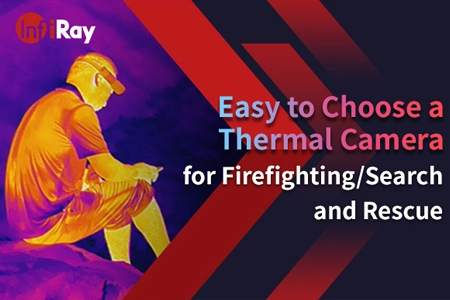Thermal Imaging Technology: Transforming 5 Industries
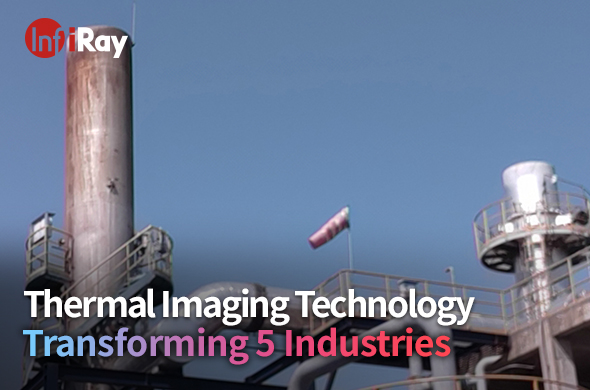
In this fast-changing industry environment, thermal imagery is becoming the key technology that will change the way we see and deal with problems in different areas. From identifying inefficient power sources to improving safety protocols, thermostats are critical to ensuring multiple departments are working efficiently, reliably, and safely. We will examine more closely the key role of thermostats in five main areas.
1. Thermal Camera in the Energy Sector
The energy industry relies heavily on thermal imaging technology for proactive maintenance and risk reduction. Thermal imaging cameras are used to monitor the condition of equipment, identify possible faults, and optimize energy consumption. Thermal imaging can detect hot spots in the electric parts in a power station, thus avoiding expensive downtime and security risks. In addition, thermal imaging cameras can be used to detect leaks and monitor process temperatures, ensuring that operations are completed while minimizing the impact on the environment.
2. Benefits for Using Thermal Imaging in Building and Construction
Thermal imaging is a revolutionary approach to building inspections and energy audits. Through the acquisition of IR rays from an object, a thermal camera can detect an abnormality in the envelope of a building, for example, a lack of insulation or humidity. The NDT technology enables the surveyor to accurately detect the flaws in the structure and the energy leakage, resulting in an improvement in the performance of the construction and a reduction in the energy cost. Additionally, it helps to detect HVAC efficiency issues and optimize the heating and cooling system to increase comfort and efficiency.
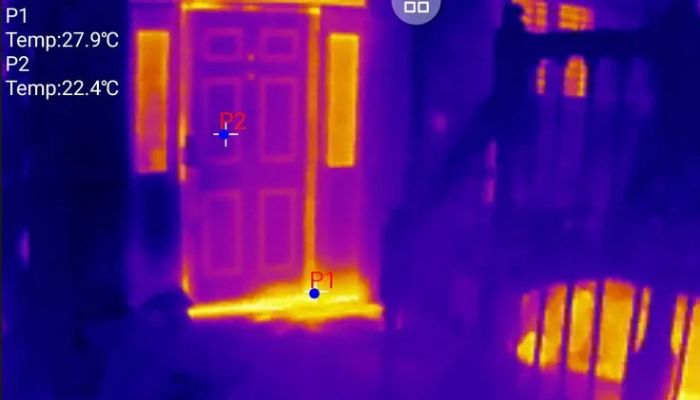
3. Thermal Imaging Camera for Manufacturing
Thermal imaging plays an important role in the production industry in terms of quality control, process optimization, and facility maintenance. By analyzing the thermal model, the thermal imaging camera detects defects in the finished product, ensuring that quality standards are met and waste is minimized. In addition, the thermostats monitor the temperature and performance of the device, allowing for the prediction of the maintenance of the system to avoid unexpected downtime and interruption of production. From automotive assembly lines to electronics production, thermal imaging can increase productivity, reduce costs, and ensure product reliability.
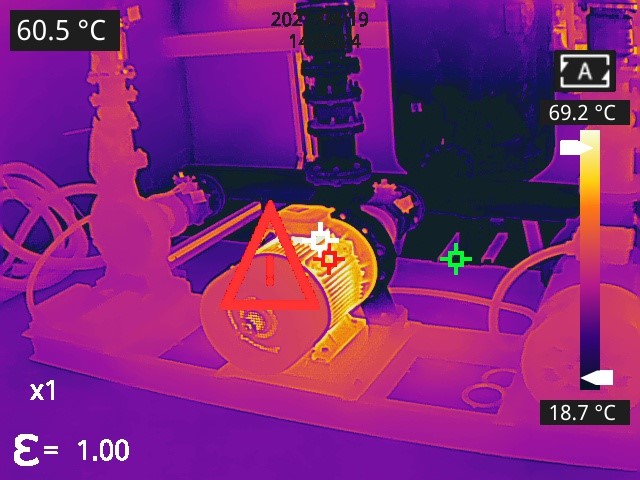
4. Thermal Imaging Transforms Security and Surveillance
Thermal imaging has been widely used for safety and monitoring in recent years. Thermal cameras can spot an intruder in the perimeter, even in low light and bad weather. In addition to monitoring key infrastructure, boundaries, and distant locations during surveillance activities, the thermostats make it easier to detect possible threats at an early stage. Regardless of the security of state boundaries or the security of industry, the thermal imagery improves the situation and the ability to respond.
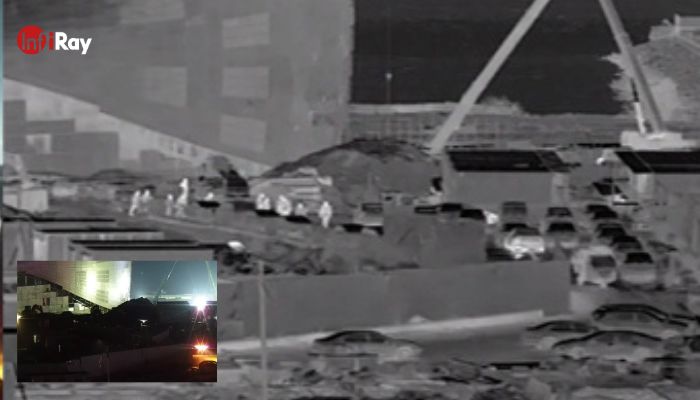
5. Thermal Imaging Cameras in Healthcare
Thermal imaging has emerged as a valuable tool in healthcare for noninvasive diagnostics, fever screening, and infection control. In medical imaging, a thermogram can detect abnormal blood flow, inflammation, and perfusion, helping to identify conditions like breast and vascular problems at an early stage. When an epidemic occurs, heat detection stations detect those who have an elevated body temperature so that the infection can be isolated and contained quickly. Moreover, the use of thermography makes it possible for medical staff to monitor the life signs of a patient from a distance and accurately evaluate their condition.
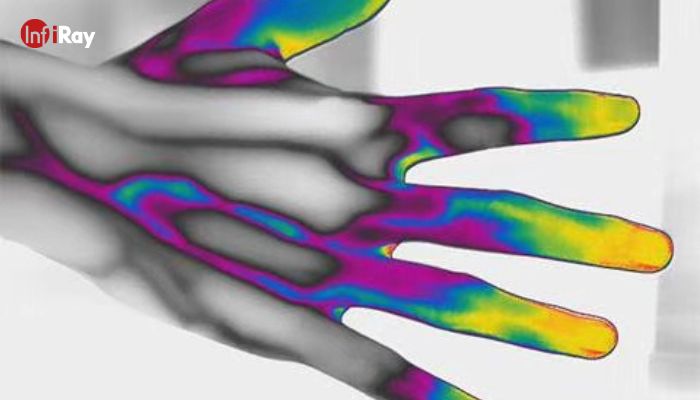
Thermal Imaging has moved beyond borders, transforming the field and giving people valuable knowledge and skills. Thermography is driving innovation in energy efficiency, safety, and healthcare. Therefore, if you are in any of these fields, you would be ideal for investing in a hot camera suitable for you.






